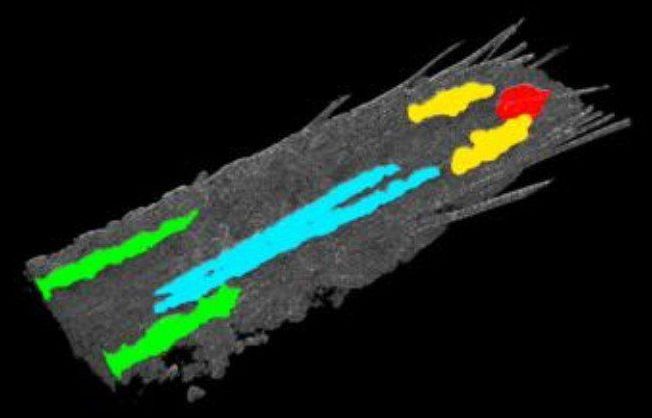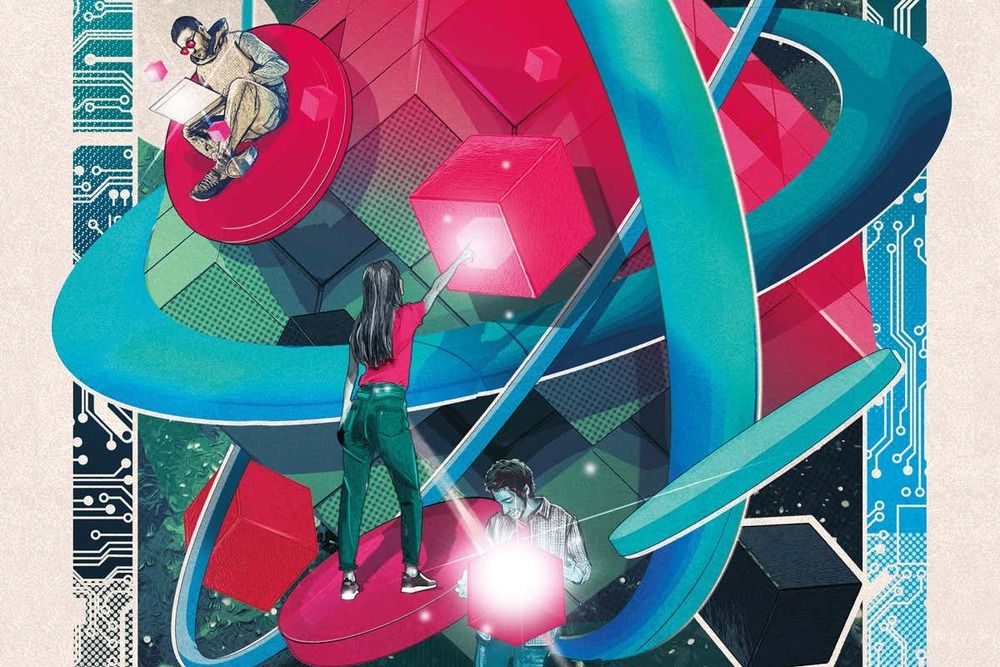“Who are we? What are we composed of? What is matter? What does matter? Is the body just a vessel with an expiration date?” asks American rapper GZA from Wu-Tang Clan, in Liquid Science, the show about science and imagination he hosts on Red Bull TV. In this episode, GZA is on a “quest to understand the human desire to live forever”.
Trying to find answers to such questions is nothing new. In an opinion piece for the Washington Post titled ‘‘Transhumanist’ eternal life? No thanks, I’d rather learn not to fear death’, Arthur C Brooks explains that, back in the fifth century before Christ, Greek historian Herodotus wrote about “a race of people in northern Africa who, according to local lore, never seemed to age”.
Eternal youth and immortality have always fascinated humanity, but we’ve not had much success finding them. Until now.








